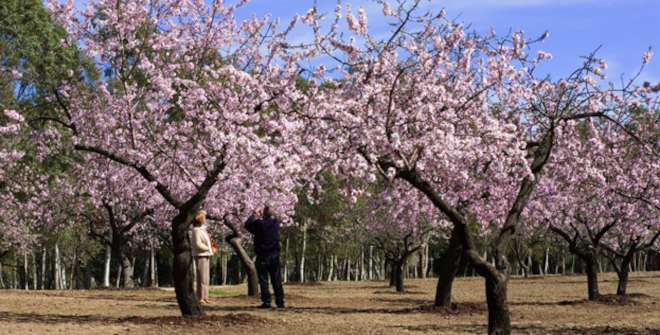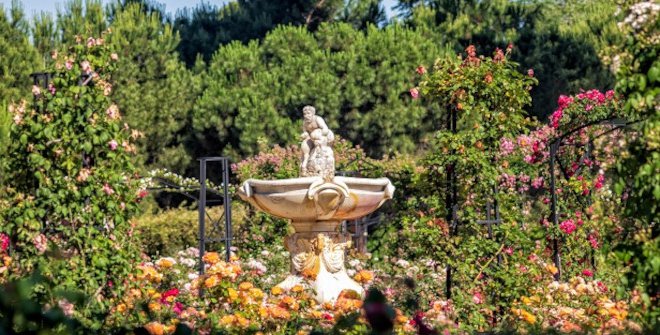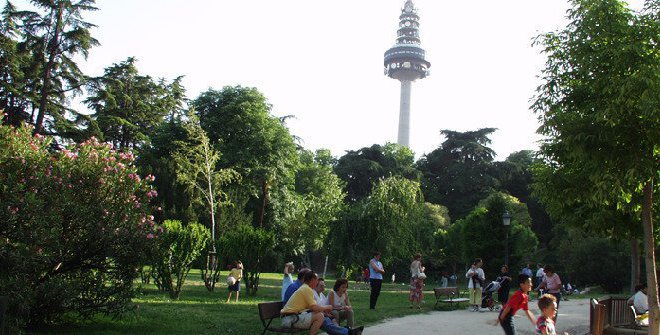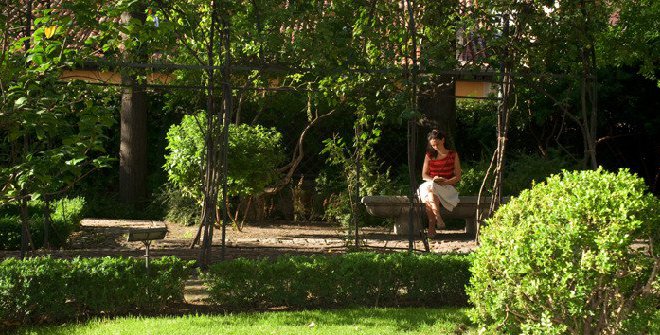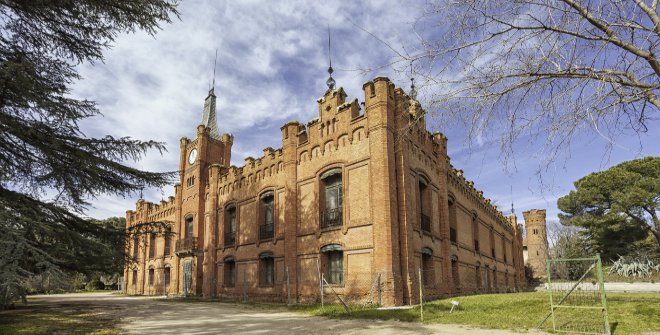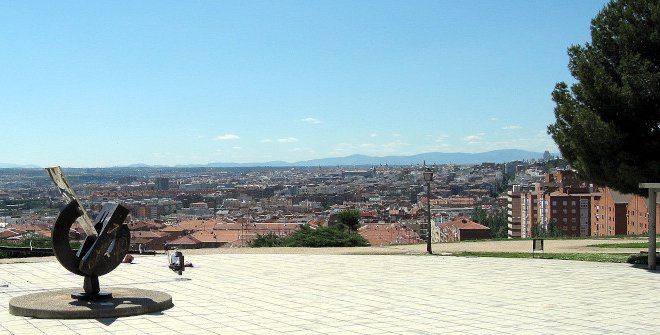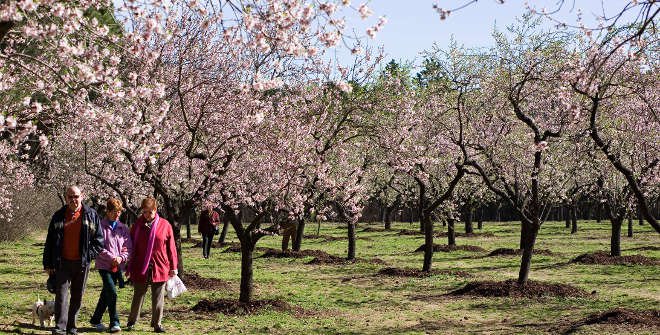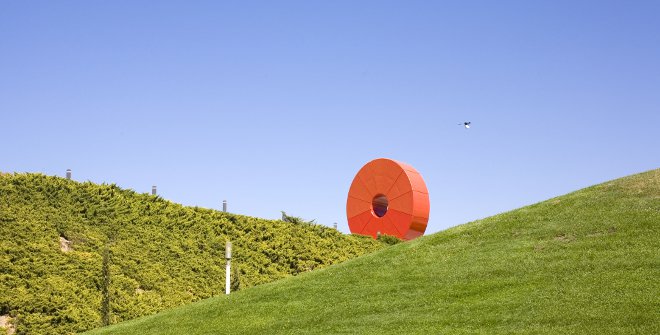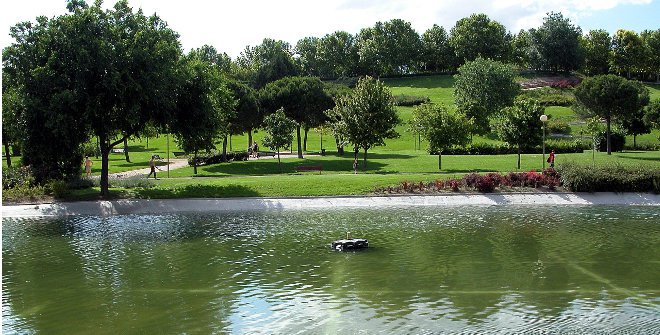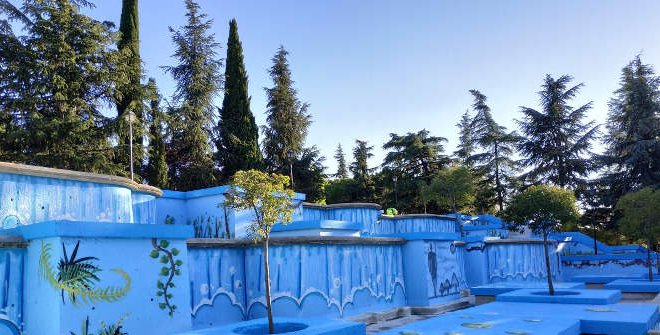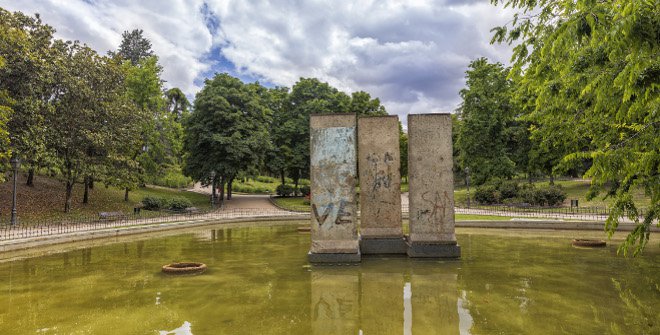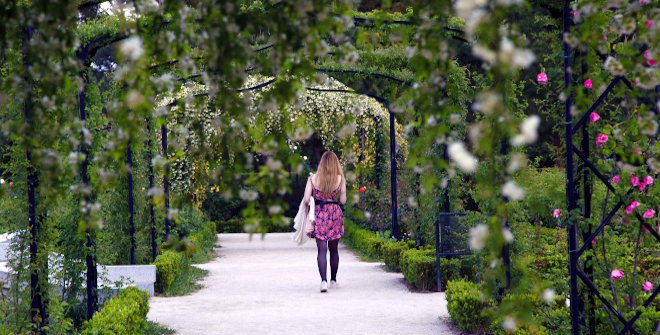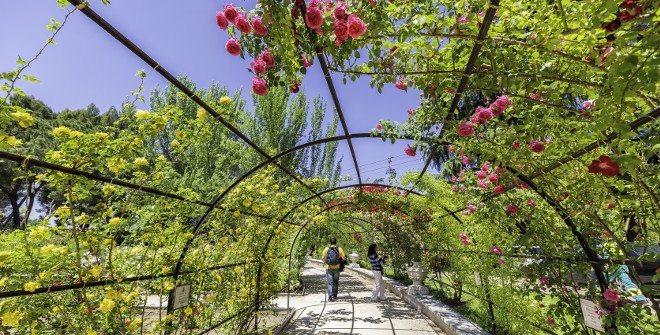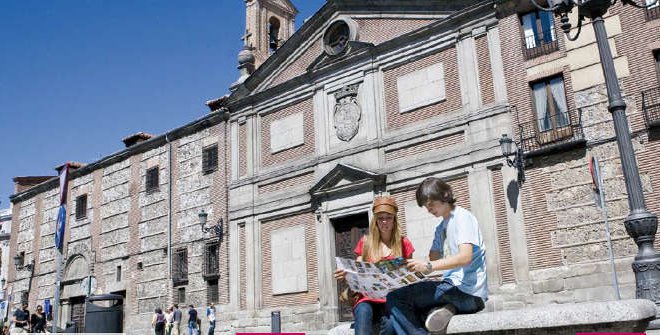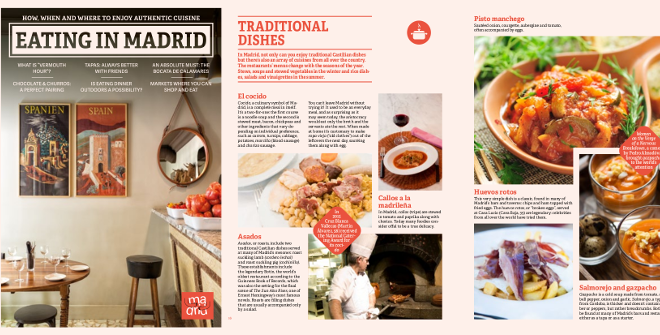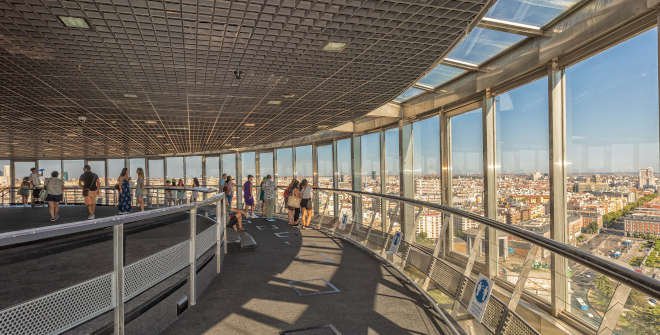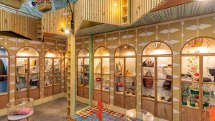Madrid and quintas de recreo
Spring is here! Or at least, it sure seems like it! That’s what a lot of the trees and plants believe anyway, reminding us once again that Madrid is a green city. In terms of tree-lined streets, the capital is one of the world’s leafiest cities, in addition to boasting a large number of parks and gardens including several quintas de recreo. These country estates were acquired by noble families on the—at the time—outskirts of the city after Philip II chose Madrid as the seat of his court. Some of them still remain... And they’re still a pretty spectacular sight! By Silvia Roba
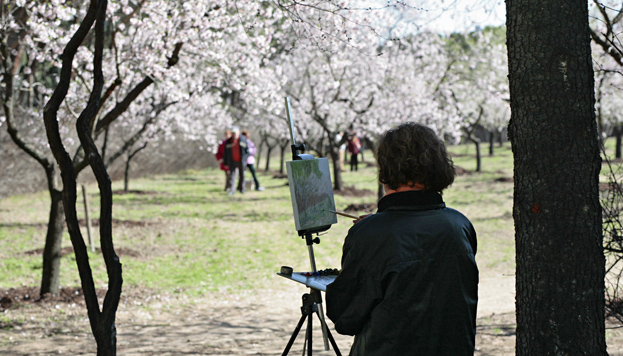
One of my favourites at this time of year is Quinta de los Molinos. Want to know why? Because it’s now, at this time of year—well on one of these days, stay on the alert—when you need to head there to enjoy the beautiful snow-covered landscape effect created by the almond trees in bloom. There are loads of them in the park: 6,000 or so. Their pink and white tops provide inspiration for myriad painters who seize the opportunity we get around this time to capture, with their brushes, a sight that’s normally very hard to behold. It only happens once a year! And it barely lasts a few days...
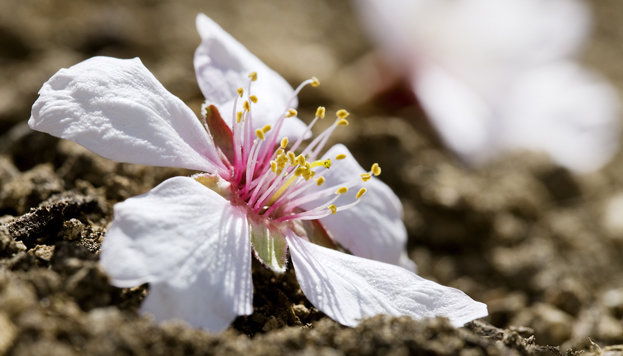
Looking to simply enjoy the moment? This is the best possible excuse to discover Quinta de los Molinos, one of those almost secret places hidden away in Madrid. Although it’s now just a stone’s throw away from the city centre, next to Suanzes metro station, the area used to be on the outskirts of the city where a lot of noble families had their summer homes. In the early 20th century, the Count of Torre Arias donated some land to the architect César Cort, who purchased some more adjacent land to enlarge his property. He built several mansions there, one of which now houses Espacio Abierto Quinta de los Molinos, a cultural centre with a permanent programme for children and young people. There’s theatre, workshops, creative dance series and more. It’s also home to two really cool spaces: the Urbanoteca, an outdoor play area, and a café-garden where you can get a drink or a bite to eat. Everything is made by La Quinta Cocina, which provides culinary training for young people at risk of exclusion.
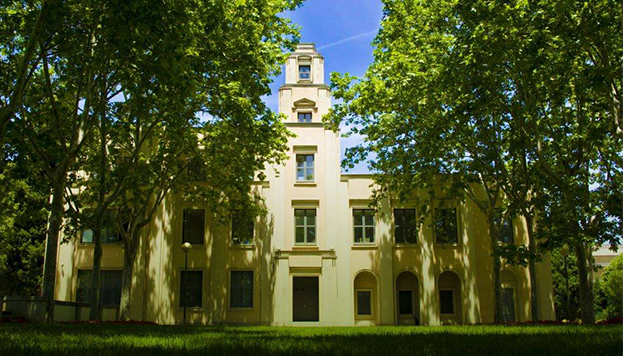
The park’s 25 hectares include large areas with trees, where, in addition to the famous almond trees, you’ll find a large number of species including olive trees, cedars, plane trees and lilacs. There are lots of different paths so it’s best to wander aimlessly so you can stumble, here and there, upon ponds, fountains, wells and even a grass tennis court with some small stands around it. We’re not allowed to play on it, but if you’re eager to play around, why not try to find the two windmills (“molinos”) that the park is named after? They were brought to Spain from the USA around 1920 to extract water for irrigation.
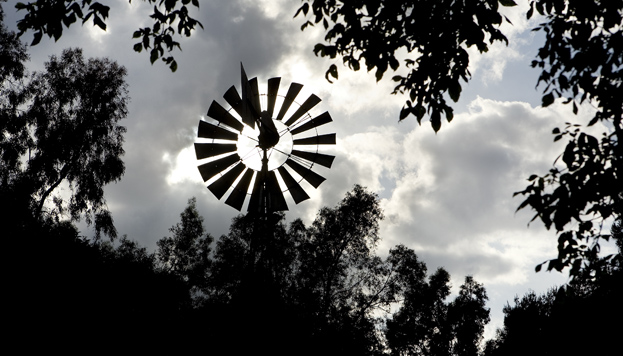
Quinta de los Molinos is just one of the country homes that were acquired by noble families at that time. They all reached the height of their splendour in the 19th century. Many, like Quinta del Sordo in Carabanchel Bajo—where Francisco de Goya lived—, no longer exist. But there are others we can still visit. Here is a selection of just a few:
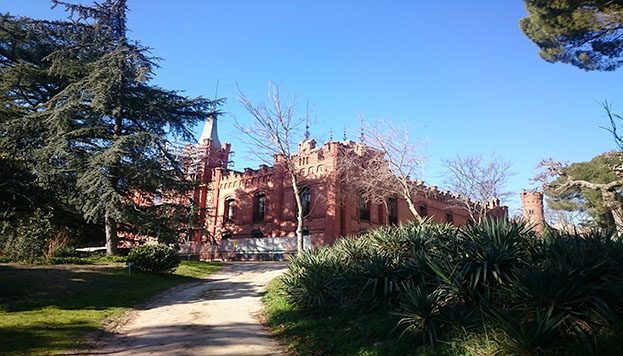
There are also some almond trees in this park, which is practically right next to Quinta de los Molinos, also on Calle de Alcalá. Its gardens hold as many as 51 different plant species, most notably a 300-year-old holm oak! On Sundays, guided tours are given by environmental educators, although the best thing to do here is to imagine what life was like in the old days in the park’s red palace. What a pity we can’t go in! Among its extravagances there was even a Persian-style dressing room.
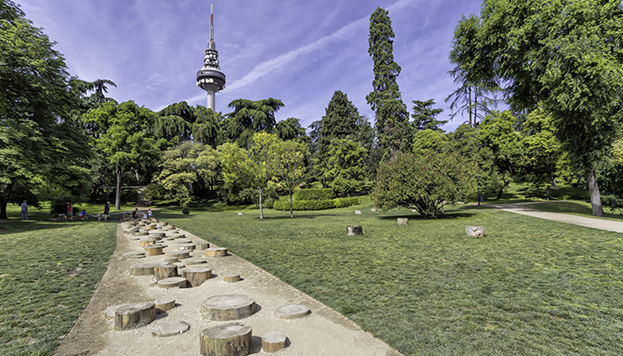
This former country estate in the district of Salamanca, a veritable oasis right next to the M-30 motorway, was one of the first to be built in the eastern part of Madrid. Originally privately owned by the royal family, in the 19th century it became a recreational park for the bourgeoisie. Because...now, pay attention, in its heyday it boasted an amusement park called Nuevos Campos Elíseos (New Elysian Fields), which had a merry-go-round and a roller-coaster! Madrid’s residents sang the praises of the water from its fountain. The most notable features you’ll find today include a monument to the Spanish poet Bécquer, a statue dedicated to the Russian poet Pushkin, fountains, waterfalls and two small ponds, as well as a mansion. The park’s most famous inhabitants, however, are the peacocks that roam freely around the grounds.
LA HUERTA DE LA SALUD
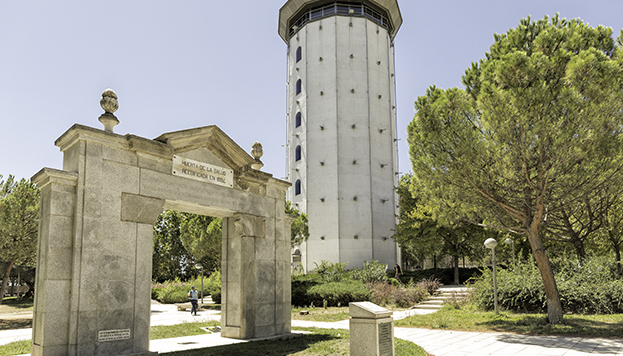
You need to head to the district of Hortaleza to find this park, a former country estate whose first owners were the Duke and Duchess of Frías. In the late 19th century, it was acquired by the lawyer Pedro Tovar. He transformed it into an industrial agricultural complex whose only remnant is the enormous silo, a polygonal tower that was much admired at the time.
